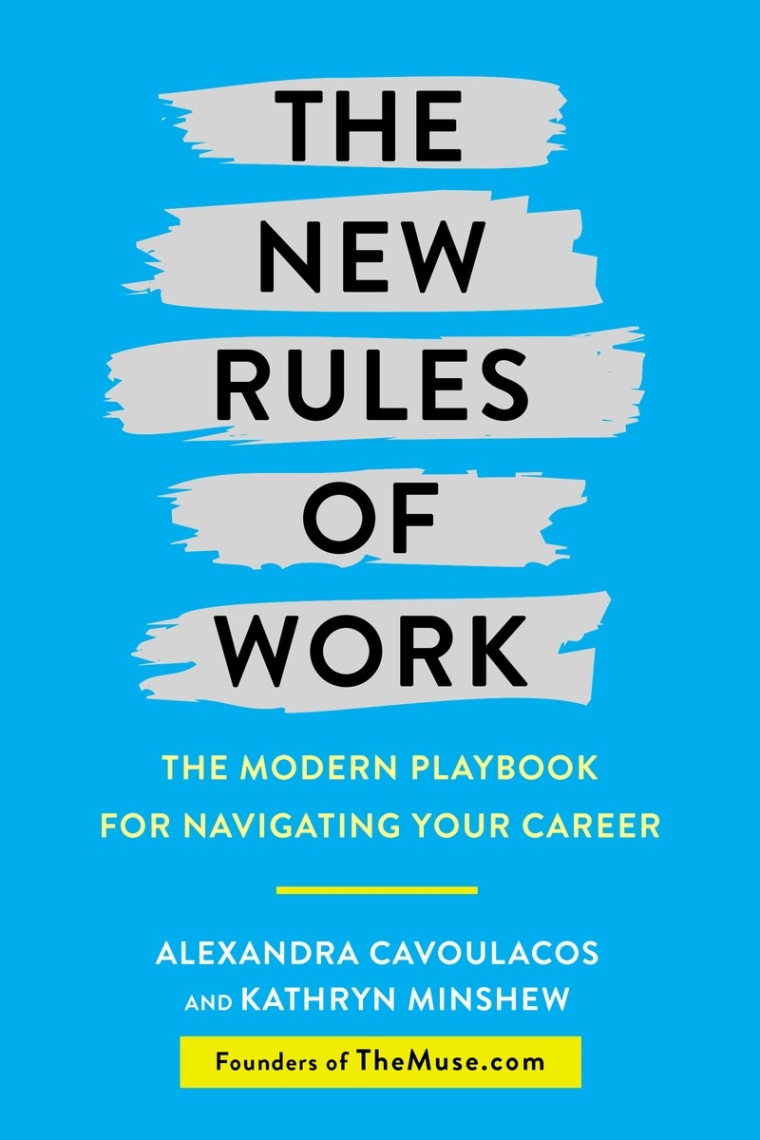Adapted from The New Rules of Work: The Modern Playbook for Navigating Your Career.
When you’re thinking about a career change, you’ve probably spent a lot of time in your head. And the truth is, even if you think you would be happy in a particular career path, sometimes you don’t know until you try it. Which is why we recommend, once you’ve narrowed your next steps down to a few options, that you start taking small steps that’ll help you test-drive those potential career paths.
This has an added benefit of giving you real-life experience that you can put on your resume and talk about when you’re applying to jobs. After all, your resume doesn’t have to only include full-time positions! Part-time jobs, freelance gigs, internships, and even volunteer and pro bono work can go a long way in showing an employer that you don’t just have the desire to work in a particular field, you’ve taken real action steps to get there.
Here are a few test-drive options to consider:
1. BE A SHADOW
Take the informational interview one step further, and ask a contact if you can shadow someone for a half day at the office. Seeing what a day of work looks like can be a whole different ball game than being told!
2. TRY AN INTERNSHIP

Many people believe that internships are just for college students, but in reality, anyone can get a part-time or summer internship. We’ve had several interns at The Muse who’ve been working for a while but who are changing career paths, and a part-time internship outside of their current job has helped them make that shift. No matter where you are on your career journey, a few months actually working in a field you’re interested in can tell you a lot about whether you’re excited by the day-to-day job duties.
3. TAKE A CLASS
There are countless options for education these days, particularly online, with sites like Udemy and Coursera, and MOOCs (massive open online courses), from top-tier universities offering courses on literally thousands of professional topics — from interior design to programming languages to accounting and finance — and often for free. Yes, you’ll gain knowledge from these courses and can put those credentials on your resume, but often the real benefit is understanding whether or not you truly get excited over the subject matter. If you’re pumped to do your homework, or are driven to do additional “recommended reading” listed on the course syllabus, that’s a pretty good sign that this is an area in which you’d like to work.
4. IMMERSE YOURSELF IN THE FIELD
Industry blogs, newsletters, conferences, events, podcasts . . . no matter what job you’re interested in, there are so many options for learning more about a function or industry. Again, maybe you’ll find yourself geeking out over the topics you’re learning about, or maybe you’ll want to turn on Netflix instead — but either way, you’ll have more insight into whether it’s the path for you.
5. TAKE ON A PROJECT AT YOUR CURRENT JOB
OK, this isn’t an option if you’re currently an engineer and you want to be a nurse practitioner, but in many situations, you might be able to find someone who does what you want to do without looking further than your own office! Ask if you can sit in on some of their meetings, join a project team, or see if there’s a project that no one’s really tackling that you could pick up on the side. We once had an employee at The Muse who was working in operations but wanted to learn more about PR. At the time, we didn’t have anyone doing PR, so she asked to take it on, on top of her current responsibilities. How could we say no? Jumping in feet-first like she did forced her to learn a whole lot about the day-to-day realities of the role—and fast. And not only did she learn that she did enjoy it quite a bit, but she ended up being so helpful to the company that PR soon became a big part of her full-time job.
6. VOLUNTEER OR FREELANCE
Unless your employer has a restriction against it (and yes, some do, so you should check out your employment agreement and employee handbook!), there’s a good chance you can test out certain career paths on the side, by volunteering at a nonprofit or helping out small businesses on a freelance basis. For example, a friend of Kathryn’s was looking to transition to a career in social media. Instead of making a full-time leap right away, she volunteered to take on social media for a small local organization for a few months. By the end, not only did she confirm her hypothesis that this was what she wanted to do with the next few years of her life, but she was able to make a better leap to a new position based on real results she could show from that experience.
Alexandra Cavoulacos and Kathryn Minshew are the co-founders of TheMuse.com and co-authors of “The New Rules of Work: The Modern Playbook for Navigating Your Career."
